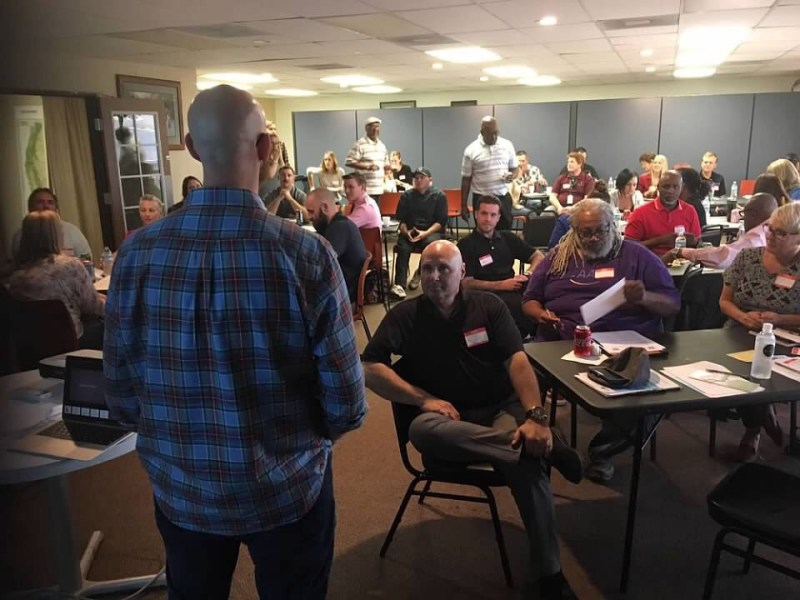The idea of “unifying” is not unique to the addiction and recovery advocacy movement. Calls for unity have been shouted through megaphones at rallies for decades, from podiums at environmental summits, espoused at events focused on affordable housing, and declared by keynote speakers on any number of topics. We’ve become so wedded to the idea that the key to solving any social justice issue is the unification of everyone ever touched by it, and when this unity remains absent, the lack of it becomes the perceived reason for a movement’s lackluster results.
Words matter. When we discuss unity, it is important to understand precisely what it means “to unify” individuals or organizations. By examining the true meaning of unifying, it becomes apparent why our attempts to bring different elements of the addiction and recovery movement together have often been less than successful.
To unify means to make something whole. Take a moment and consider what goes into the process of assembling anything made up of separate parts into a single object. The pieces must fit perfectly together. Every piece only fits in their unique position. You can’t complete a puzzle in whatever fashion you choose — it must come together in a precise and exact manner. Otherwise, pieces will remain absent, and your picture never looks truly complete.
Consider these ideas, and apply them to the addiction and recovery movement in America. No matter how any one individual approaches the issue — as a person in recovery, an affected family member, a treatment provider, harm reduction advocate, public health officer, prevention professional — everyone wants to save lives. But when we attempt to unify many of these constituencies, the challenges of fitting ill-suited puzzle pieces together becomes apparent. We then find ourselves in the same never ending cycle, feeling as if the pieces will never come together in a manner where addiction can be adequately treated in our country.
But what if we adjusted our thinking? What if, rather than the never ending talk of unifying forces, we set out with a different idea in mind? What if we simply called for alignment?
“To align,” means to place or arrange something in a straight line. Consider for a moment arranging a social outing with family and friends. You’ve had a conversation, and you all agree on the destination to which you’re heading. But you have too many people, the kids are all getting bigger, so you can’t get there in one vehicle. Instead, you pile in your cars. Mini vans, sports cars, sedans, etc. They all will take you to precisely the same place, using essentially the same bit of road. Some people might drive a little faster, others might stop along the way to get gas. But you’re heading to the same place because you’ve agreed on your destination.

Is this not precisely what we need to do in order to tackle addiction in our communities? We all agree on the vision, the destination to which we all want to arrive — losing fewer and fewer lives each year. But we don’t all need to drive the same car to get there. Some of us can focus on harm reduction. Other people can engage in recovery support services. And still more can do work in the areas of prevention, or treatment, or law enforcement.
Nobody need be asked to compromise beyond their point of comfort. Vehicles of different shapes and sizes can head in the same direction, and no single car needs to be packed beyond its capacity.
Alignment allows for everyone to continue their critical work, and does not force unlikely bedfellows. We all want to save lives. We can align behind that shared vision. As long we can show respect to the same vision, regardless of any specific individual approach, flexible alignment, not rigid unification, can serve as the answer as we seek to grow our movement, expand our capacity, and attain better and better results.




